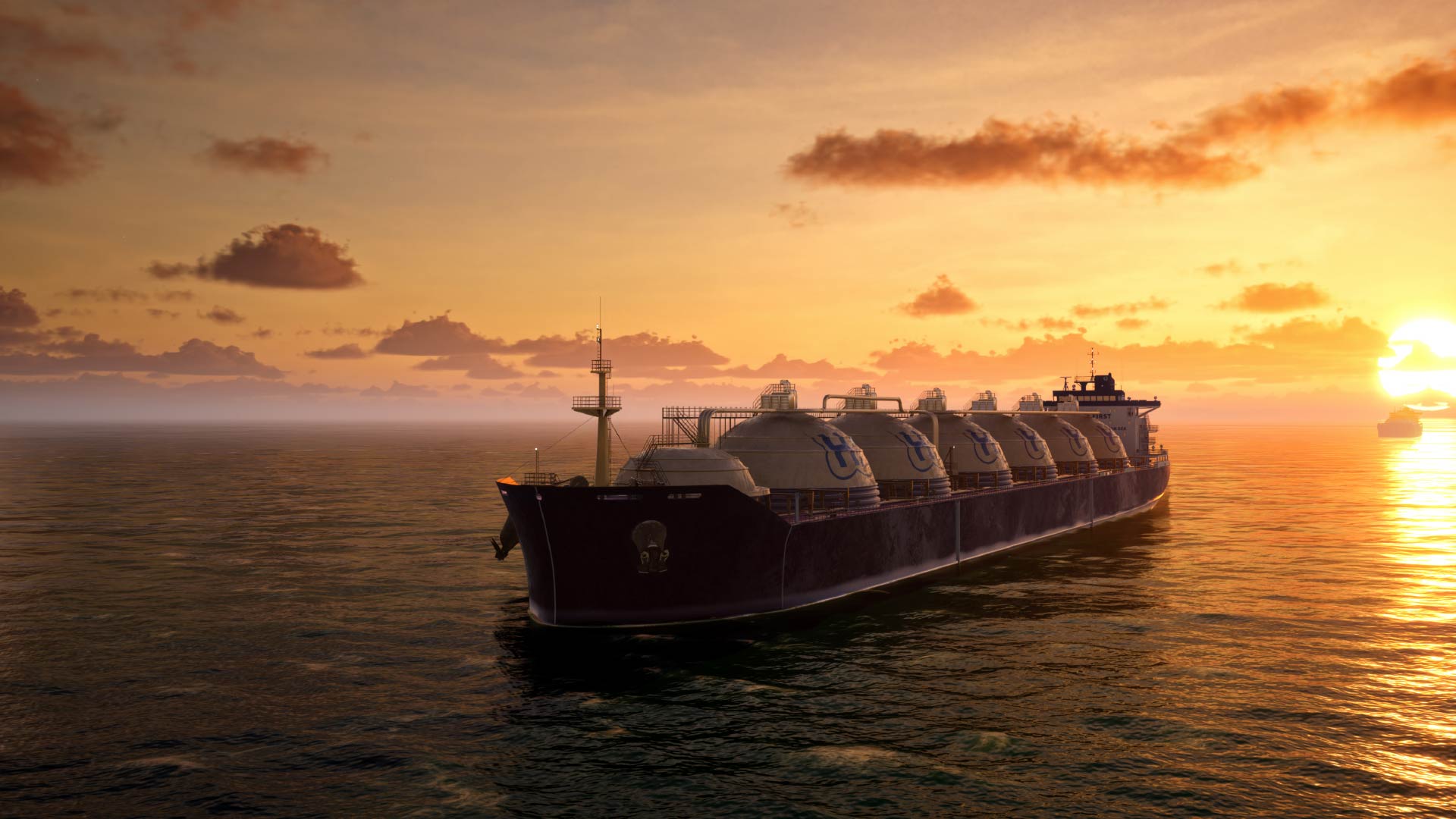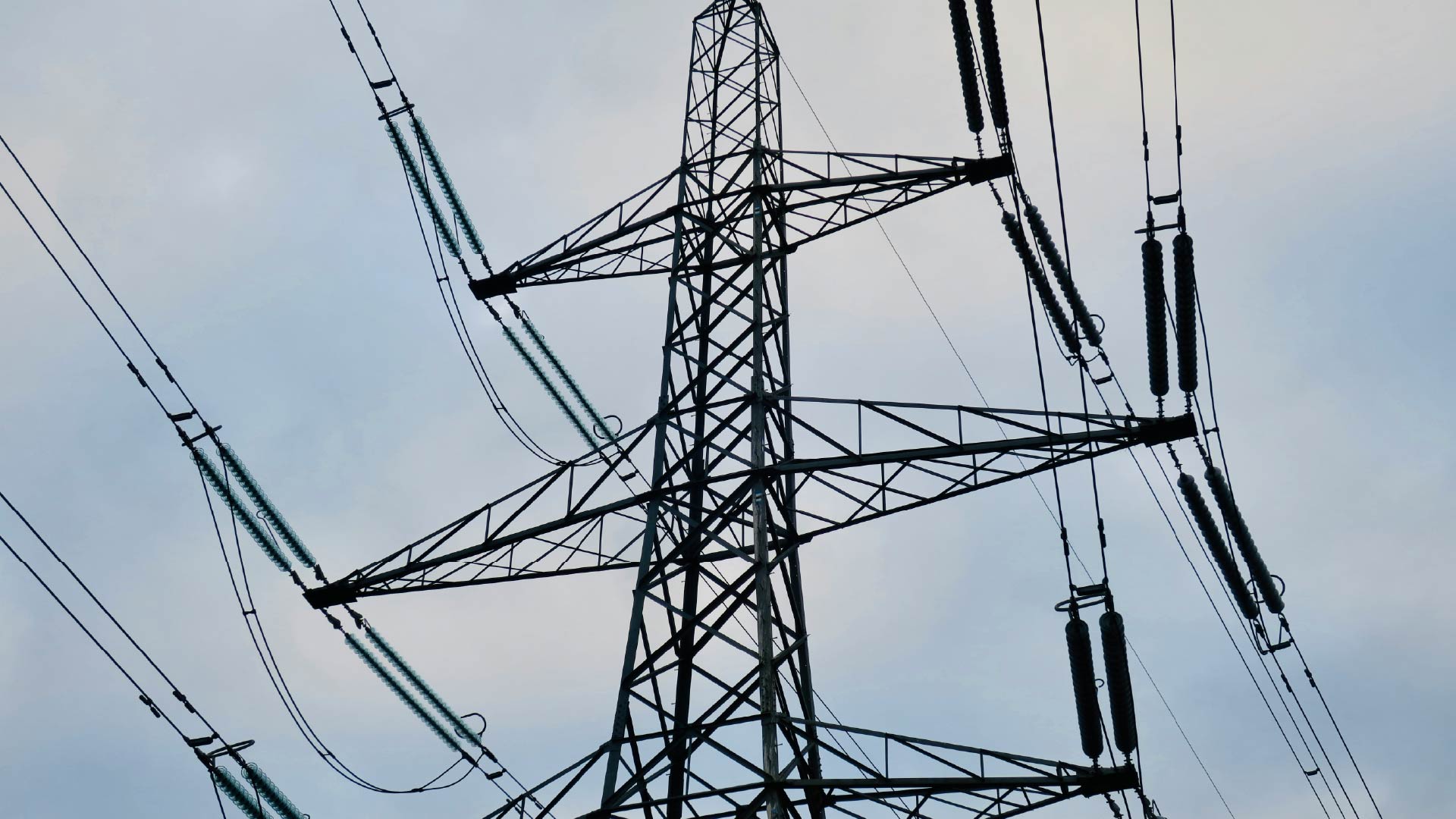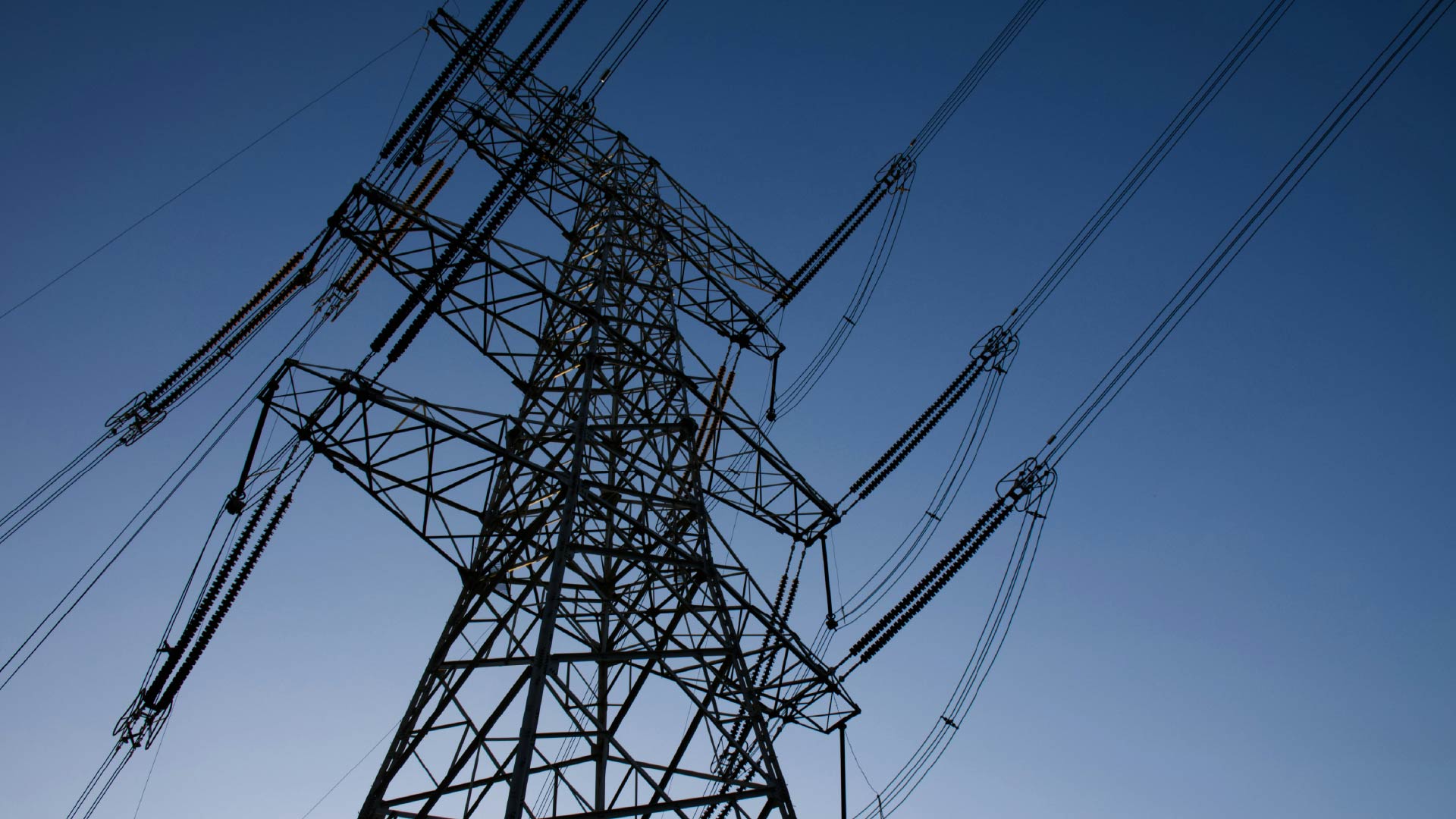US Planners Are Cherry-Picking Sea Level Rise Scenarios; Here’s How It Will Cost Them

Alice Saunders
Sea-level rise may cause far more destruction than most communities are forecasting due to a bias towards scenarios that don’t cause alarm and planning that fails to reflect a full range of climate futures.
In February 2023, the UN Secretary General António Guterres cautioned in a speech that the existence of coastal mega-cities and island nations will be threatened by sea level rise. He warned of extreme instability and conflict following a mass exodus of entire populations, on a biblical scale, sparking fiercer competition for resources. Alongside this clarion call, new research continues to indicate that the impacts of sea level rise have been miscalculated. For example, a recent study in Nature highlights that the typical displacement metric for sea-level rise adaption planning – property inundation – may underestimate risk as it does not fully capture the wider cascading or indirect effects, such as cutting populations off from essential services. Assumptions and blind spots built into scientific methodologies are compounded by the misguided application of scenarios in commercial and district planning.
Despite the very real threat, particularly to the nearly 900 million people who currently live in low-lying coastal zones, sea level rise continues to be assessed selectively – with a tendency towards the easiest and least disruptive options. A recent publication in Earth's Future found that 56% of US communities underestimate the upper end of assessed sea level rise projections. This is partly because IPCC reports have historically tended towards cautious and conservative sea level rise estimations, to avoid rocking the boat. Additionally, assessments conducted in the US south were found to focus on singular sea level rise estimates rather than ranges. This indicates that regional assessments were evaluating probability distributions to choose an optimal value instead of using the more rigorous method of considering multiple plausible futures, and therefore failing to consider their vulnerability to low-probability, high-impact possibilities.
This tendency to project optimism and downplay extreme scenarios has real world consequences. For example, developers in Treasure Island, San Francisco Bay – an area highly exposed to sea level rise – stubbornly continue to build. The foundations have already been laid for the first of six planned high-rise buildings. Although the land will be raised by several feet and buffer zones will be prepared, this will not be enough to protect the buildings from higher sea level rise estimates, and contingency plans rely on future residents or taxpayers funding higher walls around the urban zone. Treasure Island developers have utilized the leeway of uncertainty given in scientific papers to dismiss high-end forecasts and focus only on short timeframes. There is nothing to combat this in the permit planning process, which only requires referencing the ‘best available science’.
We are increasingly headed for a 2.6°C global warming scenario, and every fraction of a degree impacts sea level rise. Cherry-picking sea level rise estimations for risk planning might be the easiest option, but it’s certainly not the wisest.
For information on digital sea level rise planning tools check out the Tech Roadmap: Climate Risk Digital Solutions and look out for upcoming research on best practices for scenario analysis.
About The Author

Alice Saunders
Industry Analyst





